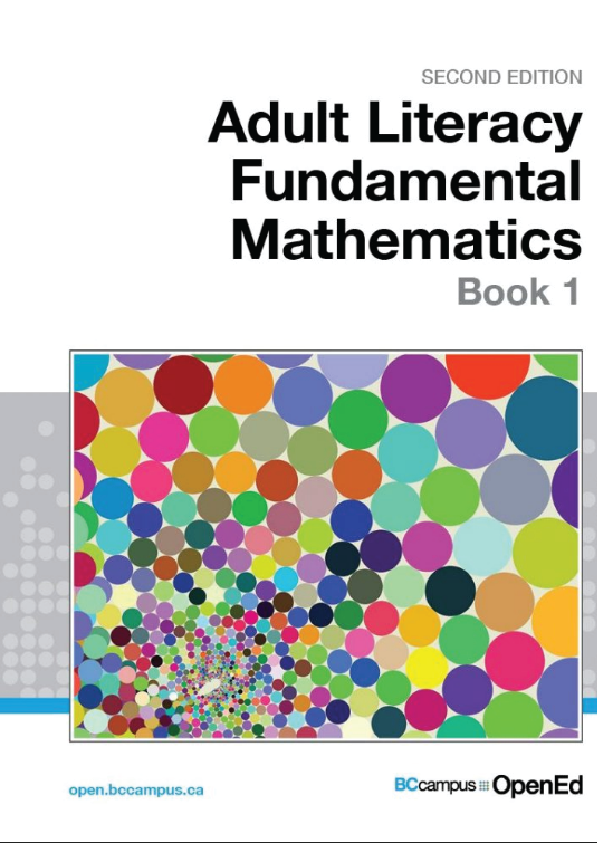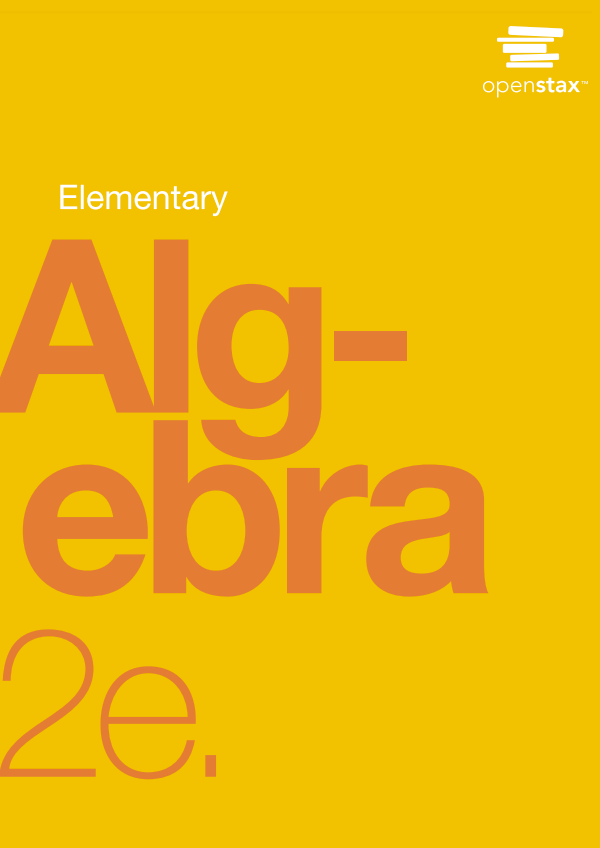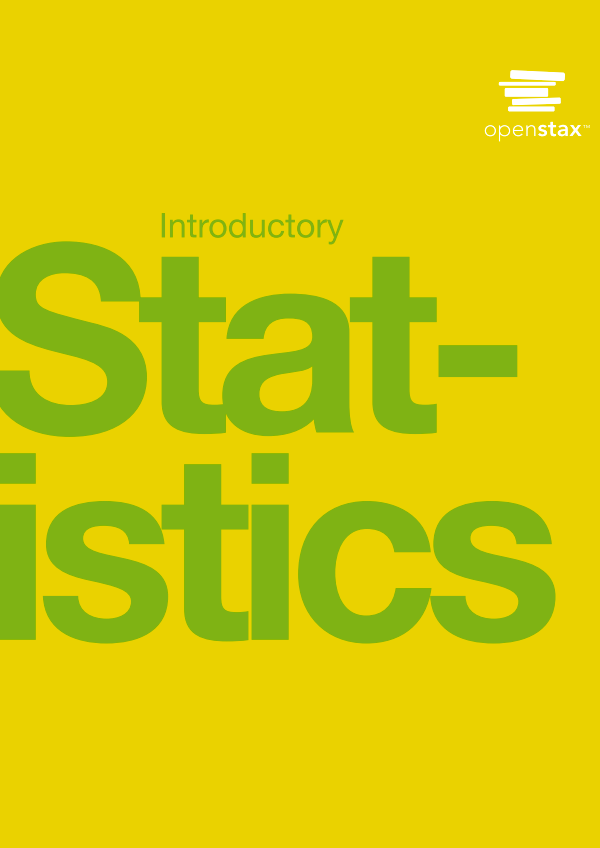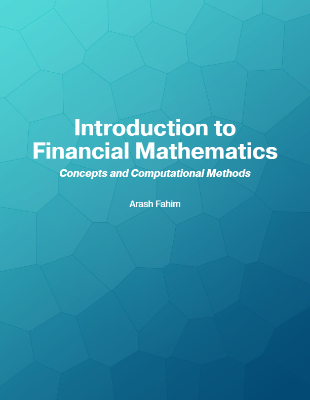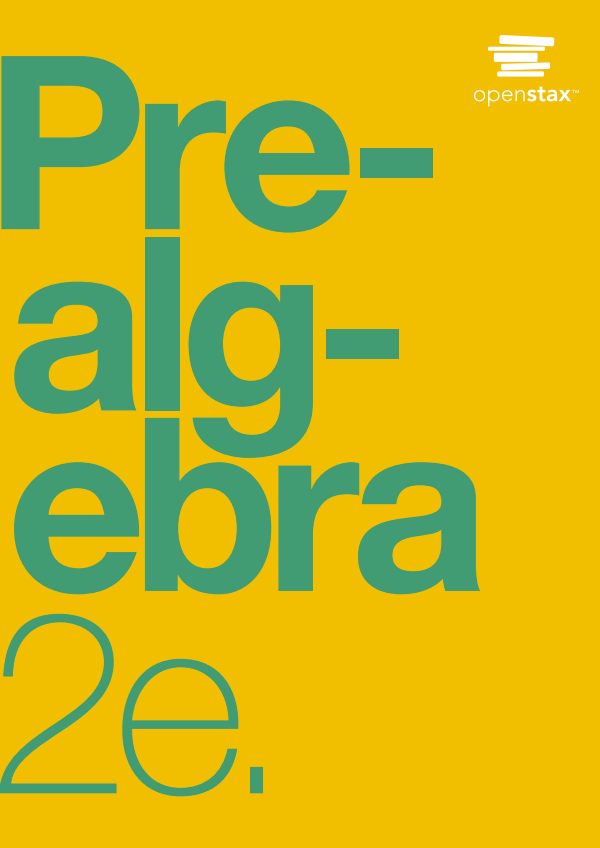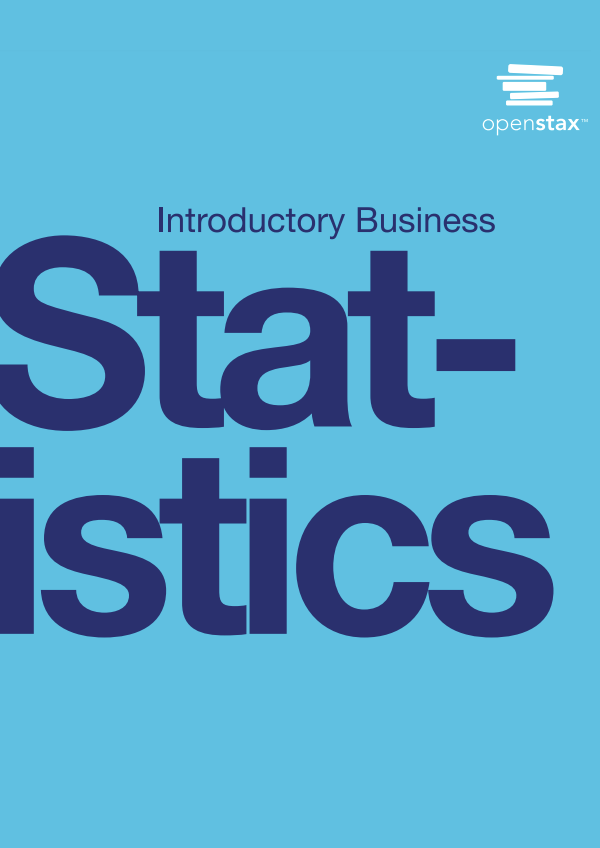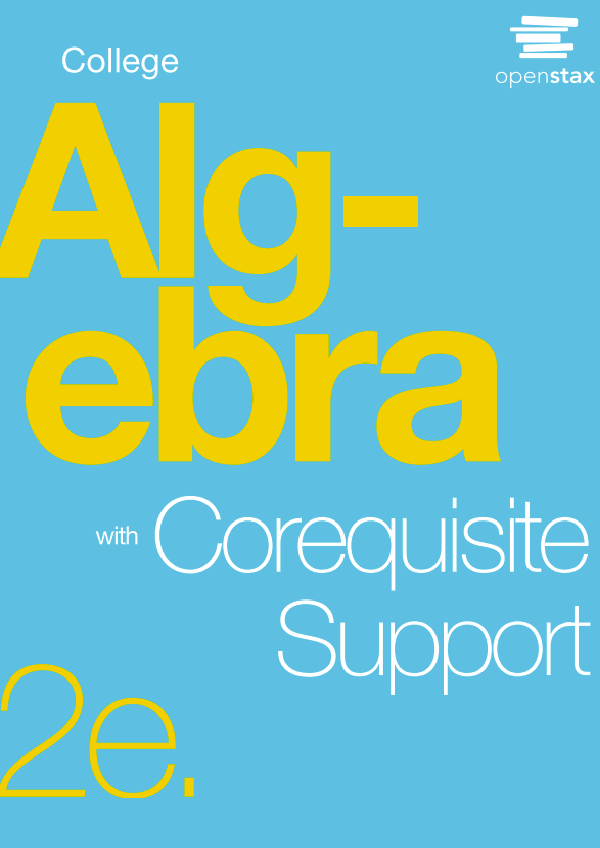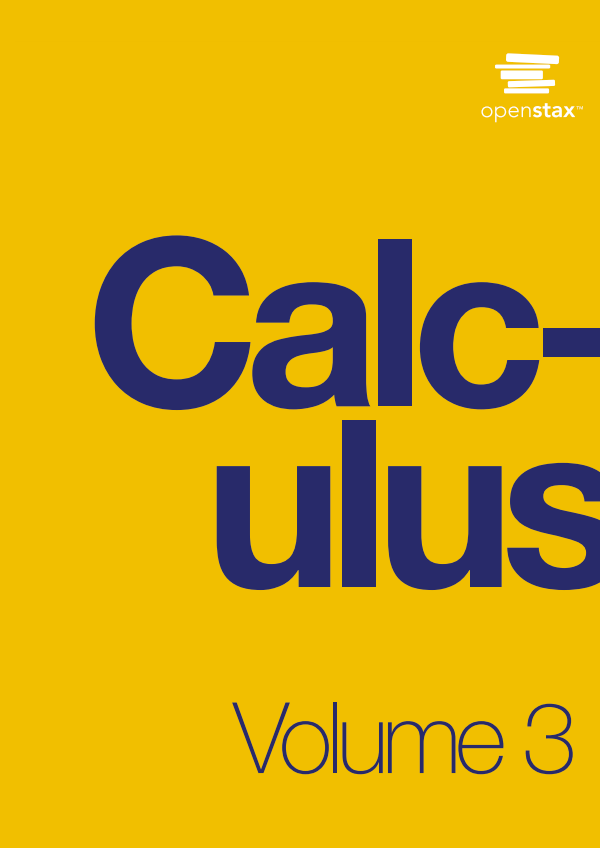Emotions, or what we feel about something, play a big part in how we learn. If we are calm, we learn well. If we are afraid or stressed, we do not learn as well. Many people are afraid of math. They fear making a mistake. “Math anxiety” is the fear of math.
People who suffer from math anxiety may get headaches, sick stomachs, cold hands, or they may just sweat a lot or just feel scared.
Do You Suffer from Math Anxiety?
Read the list below and put a check mark beside the ones you feel.
- Are your palms moist?
- Is your stomach fluttering?
- Do you feel like you can’t think clearly?
- Do you feel like you would rather do anything else than learn math?
- Are you breathing faster than normal?
- Is your heart pounding?
- Do you feel cold?
Add any other feelings.
Math Anxiety
“Math anxiety,” or the fear of math, is a learned habit. If it is learned, it can be unlearned. Most math anxiety comes from bad memories while learning math. It may be from doing badly on a test or asking a question then being made fun of. These bad memories can make learning math hard.
Everyone can learn math. There is no special talent for math. There are some people who are better at math than others, but even these people had to learn to be good at math.
Digits are named after our fingers. Our fingers are also called digits. The mathematics term comes from the days of counting on our fingers. We have ten fingers and there are ten digits. We use the letters of the alphabet to make up words, and we use digits to make up numbers. There are two ways to write numbers. You can write them as numerals. You can write them using word names.
Counting is matching the number name to the things being counted. You see a bowl of apples on the table. You want to know how many apples are in the bowl. You answer that question by saying, “There are one, two, three, four apples.” You are giving the number names “one”, “two”, “three,” and “four” to the apples. The last number you say is the total number of apples.
The group of one digit numerals contains 6 and 1. As 1 is smaller than 6, the list starts with 1, then 6.
The group of two-digit numerals contains 66, 61, and 16. Use your skills in ordering numerals to see that 16 is smallest, then 61, and 66 is the largest of this group. The list now reads, 1, 6, 16, 61, 66.
Finally, look at the three-digit numerals, 616 and 666. As 616 is smaller than 666, it will come first. The list now reads: 1, 6, 16, 61, 66, 616, 666.
